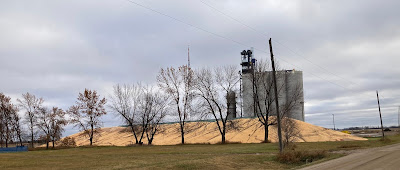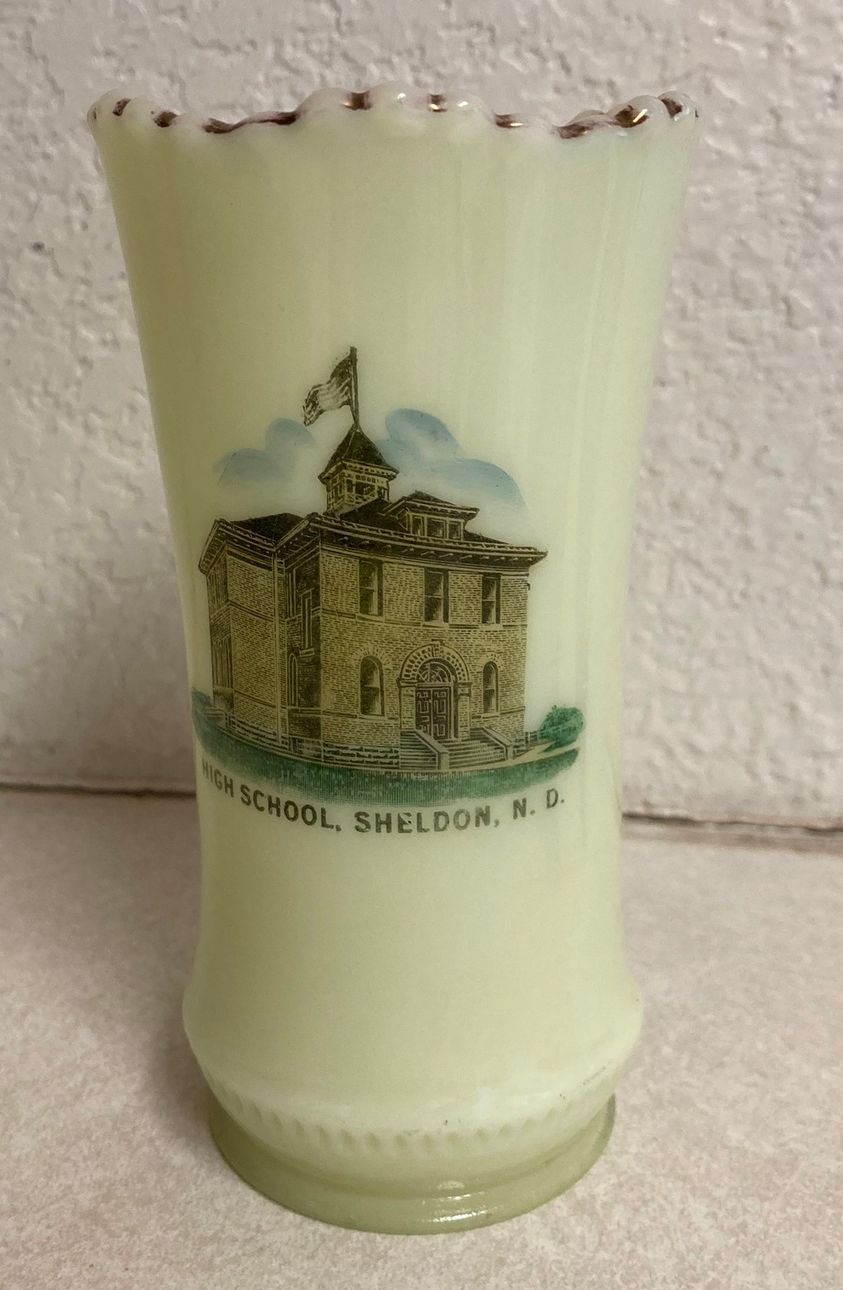“A society grows great when old men plant trees whose shade they know they shall never sit in.” Attributed to some ancient Greek philosopher, this is a good example of forward thinking. Wanting to associate the line with some real life scenarios, I remembered a presentation made at a past Germans from Russia convention.
Mr. Daniel Flyger’s topic that day dealt with “Heirloom Seeds.” I read the Greek quotation to him during a recent phone conversation, and he reacted by explaining what it meant to him. He told me that he and his wife were raising a young grandson who decided they should plant an apple orchard. The boy persisted until he got his wish and helped his grandpa plant them. Now Mr. Flyger wonders if he’ll be able to sit in their shade.
Mr. Flyger reminisced that as a young boy he loved being with a grandfather who raised a vegetable garden. In that garden the grandfather grew an “oxheart” carrot that young Flyger liked, but as an adult he could not find those seeds to plant in his own garden. This awakened in him the potential dangers of losing our genetic diversity and caused him to start doing what he could to collect and preserve seeds that immigrant ancestors in the Germans from Russia community had brought with them. He began talking to older people and asking them if they had seeds they’d share with him. Yes, some did and kindly offered them to Flyger. He stated, “I was so glad that I began this project when I did because nearly everyone who provided me with seed has since passed away.” He eventually joined Seed Savers Exchange in Decorah, Iowa, whose stated goal is to educate and connect people through collecting, regenerating, and sharing heirloom seeds, plants, and stories.
The subject of seeds is largely taken for granted with children often alienated and distant from nature. Fortunately some people work at collecting, conserving, and sharing heirloom seeds. A haunting example occurred in Leningrad, Russia at the beginning of World War II. Hitler’s army had set their sights on capturing the Russian Baltic Fleet as well as Leningrad’s 600 factories. The Germans encircled the city and kept it under siege for 900 days during which 800,000 citizens of the city died, mostly of starvation. People ate anything and burned everything that gave off heat. At least 2,000 cases of cannibalism were reported.
Leningrad was home to various scientific enterprises and one called the “Plant Institute” claims the spotlight in this narrative. The institute had earned worldwide renown as a great seed bank and housed up to 150 tons of edible seeds, said to be the world’s largest collection of seeds. One botanist, Nikolei Vavolov, collected them over two decades from around the world. Unfortunately, Stalin eyed him suspiciously, took him into custody, and tortured him to death.
The scientists did everything they could to guard this store from the starving people who wanted to eat it. One of the botanists escaped from the city, but starvation had taken such a great toll on his body that he died in a hospital. The attending nurse was astounded to discover four pounds of seeds strapped to his body and hidden under his clothes. He could have saved himself by consuming the seeds, but his dedication to the project and sense of responsibility wouldn’t let him. The Institute survived and is still in operation. A recent book called The Forbidden Garden is one source for the story, but it is readily available elsewhere in WWII history.
Norway hosts a huge seed bank called the Svalbard Seed Vault, sometimes called the “doomsday vault,” or the “Noah’s ark of seeds.” Near the north pole, the permafrost is believed to ensure the seed samples inside remain frozen. They claim it can store 4.5 million varieties of seed representing about 6,000 different plant species. It is a relatively new facility that opened for collecting and storing seeds in 2008. More that 100 countries participate in its support. Why is it important? Some people possess an unshakeable belief that genetic resources must be preserved to prevent a worldwide food crisis. But the best laid plans can go astray. CNN reported in 2017 that due to global warming melted water did flow into the entrance of Svalbard. Fortunately, no seeds were harmed this time.
According to the United Nations Food and Agriculture Organization there are more than 1,750 seed banks across the world, both international and local that preserve over 7 million samples of seeds, cuttings, or genetic material. On the local front, Jon DeVries saw wildlife habitat disappearing and decided to do something. Twenty years ago he founded the United Prairie Foundation with its office in Sheldon. Its goal is restoring prairie habitats that wildlife need for survival. In 1907 a local farmer named Charles Hitchcock received the title “The Father of Macaroni Wheat” for bringing to life a small bag of wheat left at his place by a Canadian farmhand, wheat thought to have come with immigrants from Russia. A familiar North Dakota name concerning seeds is Oscar Will who received a gift of beans in1886 from a Hidatsa man. He began propagating them and about ten years later made the Great Northern Bean available. It is still available in stores, and every time my wife makes a pot of cowboy beans I enjoy eating them.
We’ve tried to hang some flesh on the bones of the proverb in the first paragraph. Forward thinking is the buzz phrase. Dedicated people working as botanists or layman with preservation of seeds in mind are helping to insure a food supply will exist even under catastrophic conditions. They might not be able to sit under “trees whose shade they know they shall never sit in,” but future generations would be glad they worked at saving quality seeds for them.






